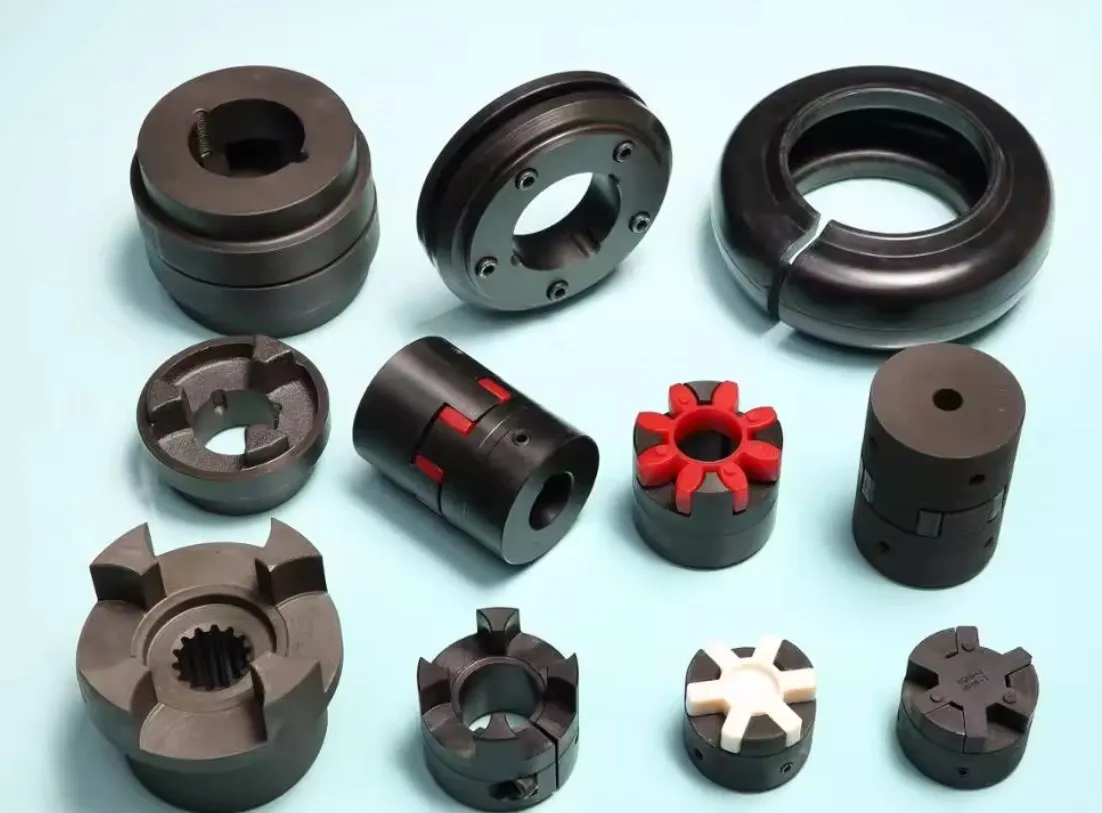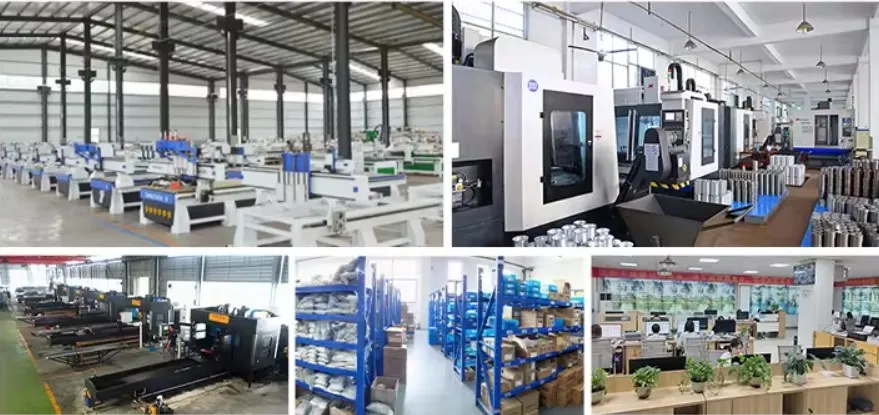Rexnord Wrapflex Coupling Catalog
Introduction to Rexnord Wrapflex Couplings
Rexnord Wrapflex couplings are renowned for their durability and efficiency in power transmission applications. These couplings provide a versatile solution for various industrial needs.
Key Features of Rexnord Wrapflex Couplings
One of the main features of Wrapflex couplings is their ability to accommodate misalignment, which significantly reduces wear and tear on connected equipment.
Material Composition
Wrapflex couplings are typically made from high-strength elastomeric materials that provide excellent resilience and longevity under various operating conditions.
Applications in Industrial Settings
These couplings are used across a wide range of industries, including manufacturing, mining, and processing plants, due to their robust performance and reliability.
Installation and Maintenance
The simplified installation process of Wrapflex couplings is a significant advantage. Moreover, they require minimal maintenance, which reduces operational downtime.
Performance Metrics
Wrapflex couplings can handle high torque loads and operate efficiently under various speed conditions, making them suitable for demanding industrial applications.
Environmental Impact
The eco-friendly design of Wrapflex couplings ensures that they have a minimal environmental footprint, aligning with modern sustainability goals.
Customization Options
Rexnord offers customization options for Wrapflex couplings to meet specific industrial requirements, ensuring optimal performance in unique environments.
Compatibility with Existing Systems
Wrapflex couplings are designed to be compatible with a wide range of existing systems, making them a flexible choice for upgrades and replacements.
Cost-Effectiveness
Despite their advanced features, Wrapflex couplings offer cost-effective solutions, providing excellent value for money in both initial and long-term investments.
Technical Specifications
Technical specifications include detailed information on dimensions, torque ratings, and operational limits, ensuring users can select the appropriate coupling for their needs.
Safety Considerations
Wrapflex couplings are designed with safety in mind, featuring fail-safe mechanisms and robust construction to prevent accidents and equipment damage.
Availability and Distribution
Rexnord Wrapflex couplings are readily available through a global distribution network, ensuring quick and reliable access to replacement parts and components.
Customer Support and Service
Rexnord provides comprehensive customer support and after-sales service, ensuring users can maximize the benefits of their Wrapflex couplings.
Future Developments
Continuous innovation and development ensure that Wrapflex couplings remain at the forefront of power transmission technology, adapting to evolving industrial needs.

What are the Benefits of Elastomeric Couplings?
Elastomeric couplings offer several key benefits, including vibration damping, misalignment accommodation, and reduced maintenance needs. They are designed to absorb shocks and vibrations, thereby protecting connected equipment from damage. Their ability to compensate for misalignment also helps in extending the operational life of machinery.

How to Select the Right Elastomeric Coupling
When selecting an elastomeric coupling, several parameters and conditions need to be considered:
- Torque Requirements: Ensure the coupling can handle the maximum torque load of your application to prevent failures.
- Speed Ratings: Check the speed ratings to match the operational speeds of your machinery to avoid operational issues.
- Environmental Conditions: Consider the operating environment, including temperature and exposure to chemicals, to select a coupling with suitable material properties.
- Misalignment Tolerance: Determine the degree of angular, parallel, and axial misalignment the coupling can accommodate to ensure smooth operation.
- Size and Space Constraints: Ensure the selected coupling fits within the spatial constraints of your setup for ease of installation and maintenance.

What is One of the Advantages of the Elastomer Coupling?
One of the significant advantages of elastomer couplings is their ability to dampen vibrations and absorb shocks, which protects connected machinery from undue stress and prolongs the equipment’s lifespan.
HZPT Company Profile
HZPT, located in Hangzhou, Zhejiang Province, is a modern enterprise integrating research, learning, production, and foreign trade. We adhere to our core values of “integrity” as our business philosophy, with unity, progress, and innovation at our core. We focus on the research and innovation of coupling products, integrating high-tech development, international trade, industrial investment, and domestic and international networks. Our business spans Asia, Europe, Africa, and North America, moving towards our vision of becoming an internationally influential group.
We specialize in producing drum couplings, spring pin couplings, serpentine spring couplings, universal couplings, star couplings, expansion couplings, diaphragm couplings, tire couplings, and other series of coupling products. We have a complete and scientific quality management system and our own technology development and testing departments. We hold certifications such as CQC, ISO, and CE. We provide excellent sales services and technical support to our customers, serving over a hundred cooperative enterprises. Adhering to the management philosophy of “people-oriented, customer first,” we cooperate sincerely with our customers for mutual development.

Why Choose HZPT’s Elastomeric Couplings?
We offer several advantages that make our elastomeric couplings stand out:
- High-Quality Materials: Our couplings are made from top-grade materials, ensuring durability and reliability.
- Advanced Technology: We utilize cutting-edge technology in our manufacturing processes to produce high-performance couplings.
- Custom Solutions: We provide customization options to meet specific client requirements, ensuring optimal performance.
- Global Reach: Our extensive distribution network ensures that our products are available worldwide, with quick and reliable delivery.
- Excellent Customer Service: We offer comprehensive customer support and technical assistance, ensuring our clients get the most out of our products.



